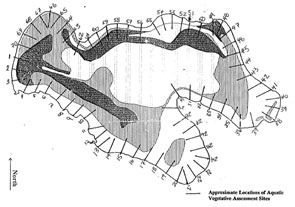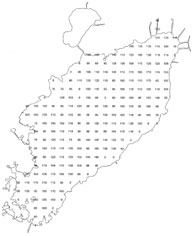Preliminary Site Assessments
Properties that contain natural resources and are proposed for development projects are subject to coordination and/or permitting with regulatory agencies in conjunction with the Clean Water Act, Endangered Species Act, United States Army Corps of Engineers, and Environmental Protection Agency Regulations. State and local requirements must be taken into consideration. A site assessment, also known as a red flag survey, can be a useful tool to identify natural resources that may need to be avoided, coordinated, or addressed prior to property purchase, site selection, or design.
EnviroScience offers site assessment services to assist in the development process. Included in this service is an initial review of secondary resource mapping to identify potential resource areas on the site. Biologists then visit and investigate the site to locate and identify any wetlands, streams, or other waters, endangered species habitat, or special aquatic or terrestrial areas that may fall under federal, state or local protection laws. Once the site resources are identified EnviroScience provides a detailed review of the investigation findings along with generalized mapping or other documentation that may be helpful to the client. This also allows EnviroScience to advise clients of potential permitting requirements, coordination timelines, cost estimates for permitting or required surveys, and other issues that may be involved in the development process. In this way clients are aware of any hurdles or restraints that they may face during the development of the property. Site assessments can be customized to the particular needs of the property or generalized to include a full red flag survey.





